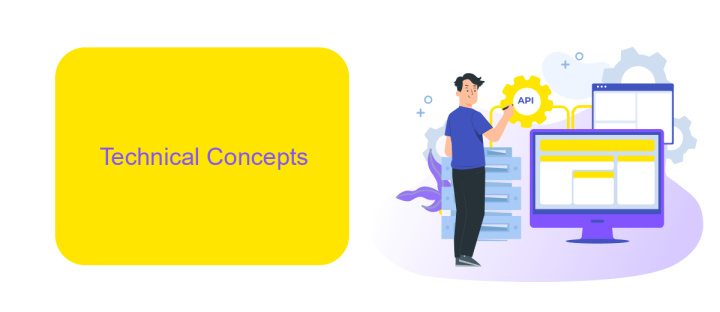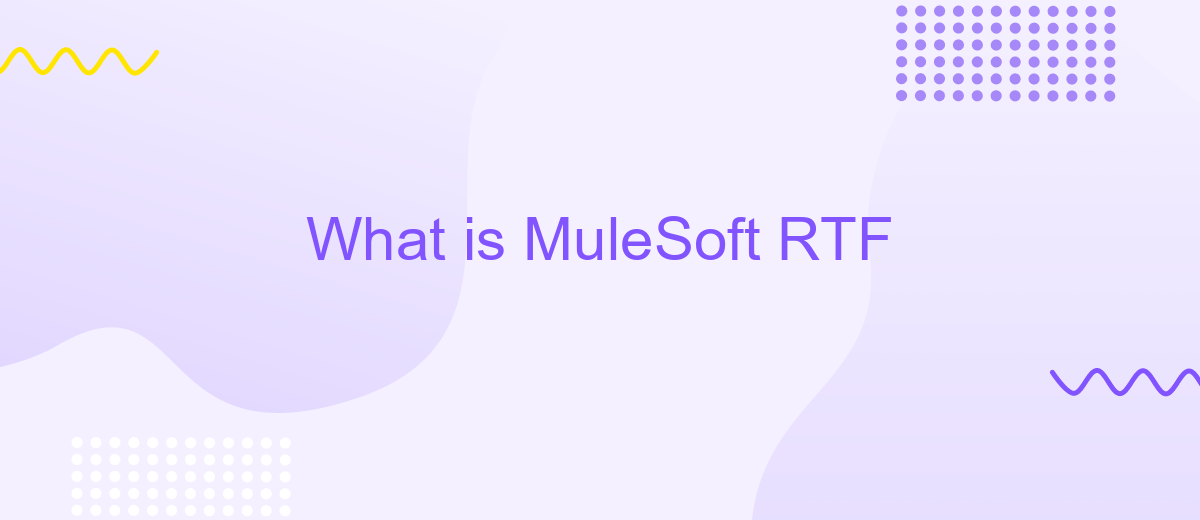What is MuleSoft RTF
MuleSoft Runtime Fabric (RTF) is a versatile, containerized service designed to streamline the deployment and management of Mule applications across various environments. By leveraging Kubernetes, RTF offers enhanced scalability, reliability, and control, making it an essential tool for businesses aiming to integrate diverse systems and services efficiently. This article explores the key features and benefits of MuleSoft RTF.
Introduction
MuleSoft Runtime Fabric (RTF) is a container service that allows you to deploy Mule applications across various environments, whether on-premises or in the cloud. It provides a flexible and scalable solution for managing your integration workloads, ensuring high availability and performance. By leveraging RTF, organizations can streamline their integration processes and improve operational efficiency.
- Automated deployment and scaling of Mule applications
- Seamless integration with existing infrastructure
- Enhanced security and compliance features
- Centralized management and monitoring
- Support for hybrid and multi-cloud environments
In addition to MuleSoft RTF, services like ApiX-Drive can further simplify your integration tasks. ApiX-Drive provides a user-friendly platform for connecting various applications and automating workflows without requiring extensive coding knowledge. Together, these tools enable businesses to achieve greater agility and responsiveness in their integration strategies.
Technical Concepts

MuleSoft Runtime Fabric (RTF) is a container service that automates the deployment and management of Mule applications across various environments. It leverages Docker and Kubernetes to provide a scalable and resilient infrastructure, ensuring high availability and efficient resource utilization. RTF simplifies the process of deploying APIs and integrations by abstracting the underlying complexity, allowing developers to focus on building and optimizing their applications rather than managing infrastructure.
ApiX-Drive complements RTF by offering a powerful solution for configuring integrations with minimal effort. It provides a user-friendly interface to connect different applications and automate data flows, reducing the need for extensive coding. With ApiX-Drive, users can easily set up triggers, actions, and conditions to streamline their workflows, enhancing the overall efficiency of their integration processes. Together, MuleSoft RTF and ApiX-Drive enable organizations to achieve seamless connectivity and automation, driving digital transformation and operational excellence.
MuleSoft Anypoint Platform

MuleSoft Anypoint Platform is a comprehensive integration solution that allows businesses to connect applications, data, and devices seamlessly. It provides a unified platform for designing, deploying, and managing APIs and integrations, ensuring that all components work together efficiently. With its robust set of tools, organizations can streamline their operations and enhance productivity.
1. Design Center: Allows users to create and design APIs and integrations visually.
2. Exchange: A marketplace for discovering pre-built connectors, templates, and APIs.
3. Management Center: Provides monitoring and management capabilities for APIs and integrations.
4. Runtime Manager: Manages the deployment and execution of integrations across various environments.
5. APIX-Drive: Assists in setting up integrations with third-party services and applications effortlessly.
By leveraging MuleSoft Anypoint Platform, organizations can achieve faster time-to-market and reduce the complexity of their IT infrastructure. It empowers businesses to innovate and adapt quickly to changing market demands, ensuring they stay competitive and efficient in their operations.
Benefits and Use Cases

MuleSoft Runtime Fabric (RTF) offers a robust platform for deploying and managing Mule applications across any environment. One of its key benefits is the ability to provide a unified runtime across multiple clouds and on-premises, ensuring consistency and reliability.
Another significant advantage is its scalability. RTF can dynamically allocate resources based on the needs of your applications, ensuring optimal performance and cost-efficiency. This makes it an ideal solution for businesses experiencing growth or fluctuating workloads.
- Improved operational efficiency through centralized management
- Enhanced security with built-in compliance features
- Seamless integration with ApiX-Drive for streamlined data synchronization
- High availability and disaster recovery capabilities
Use cases for MuleSoft RTF are diverse, ranging from simplifying complex integrations to enabling real-time data processing. By leveraging ApiX-Drive, businesses can automate data transfers between various systems, enhancing productivity and reducing manual errors. This combination of tools ensures that your integration processes are not only efficient but also resilient and scalable.
Getting Started with MuleSoft RTF
To get started with MuleSoft RTF (Runtime Fabric), you'll first need to ensure that your environment meets the necessary prerequisites. This includes having Docker and Kubernetes installed, as RTF leverages these technologies for container orchestration and management. Once your environment is set up, download the MuleSoft RTF installer from the official MuleSoft website. Follow the installation instructions carefully, ensuring that all required configurations are correctly applied. After installation, you can deploy your Mule applications to the RTF environment, which provides a scalable and reliable runtime for your integrations.
For seamless integration setup, consider using a service like ApiX-Drive. ApiX-Drive simplifies the process of connecting various applications and automating workflows without needing extensive coding knowledge. By leveraging ApiX-Drive, you can easily integrate MuleSoft RTF with other platforms, ensuring smooth data flow and operational efficiency. This service supports a wide range of applications and offers an intuitive interface for managing your integrations, which can significantly reduce the time and effort required to maintain your integration ecosystem.
FAQ
What is MuleSoft RTF?
How does MuleSoft RTF enhance integration capabilities?
What are the key features of MuleSoft RTF?
Is MuleSoft RTF suitable for hybrid cloud environments?
How can businesses automate and configure integrations using MuleSoft RTF?
Routine tasks take a lot of time from employees? Do they burn out, do not have enough working day for the main duties and important things? Do you understand that the only way out of this situation in modern realities is automation? Try Apix-Drive for free and make sure that the online connector in 5 minutes of setting up integration will remove a significant part of the routine from your life and free up time for you and your employees.

